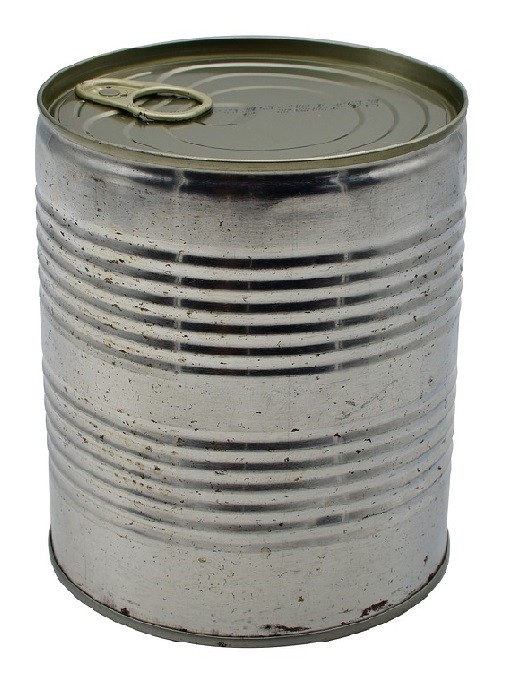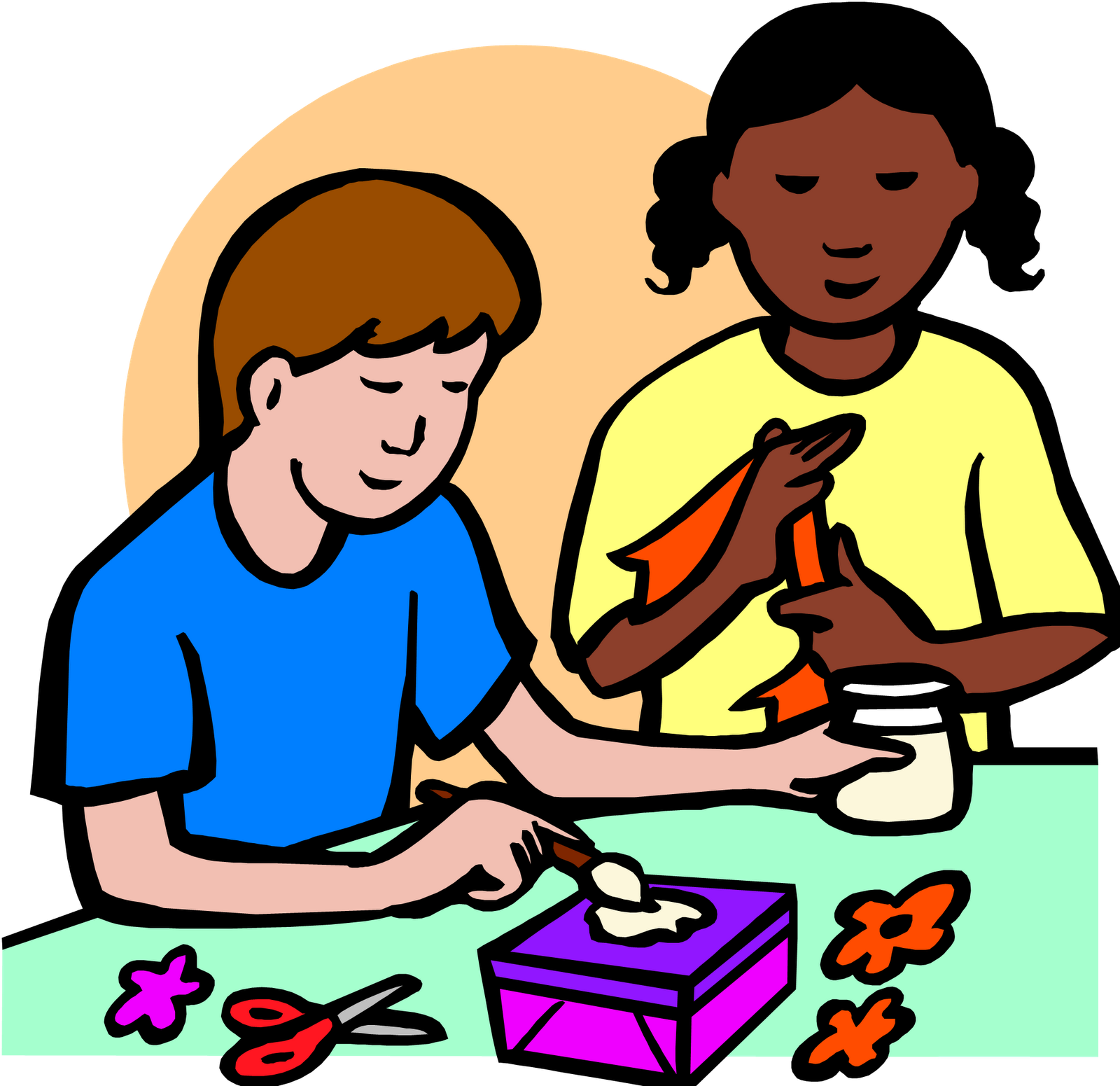How to Safely Use Roundup Around Pets: Drying Times, Risks, and Best Practices
Understanding Roundup and Pet Safety: Why Drying Time Matters
Using herbicides like Roundup in your yard is a common way to manage weeds, but for pet owners, safety concerns are paramount. The primary question is: how long does Roundup take to dry before it’s safe for pets ? The answer is critical for protecting your animals from accidental exposure and health risks.
Key Principles: How Roundup Works and Risks to Pets
Roundup’s active ingredient is glyphosate , which is toxic to plants and potentially hazardous to pets if ingested or if it comes in contact with their skin or paws. When sprayed, Roundup leaves a residue that remains potent until it dries completely. Dogs and cats are most at risk when they walk on wet grass, lick their paws, or ingest treated plant material. According to veterinary experts, pets exposed to glyphosate can experience symptoms such as nausea, vomiting, diarrhea, drooling, lethargy, or, in severe cases, more dangerous health outcomes [2] . Skin exposure may cause irritation, itching, or swelling [4] .
How Long for Roundup to Dry for Pets: Expert Recommendations
Guidelines on drying times are consistent across veterinary and lawn care sources:
- Most experts recommend keeping pets off treated areas for at least 24 hours after spraying Roundup [1] [2] [3] .
- Some veterinarians suggest extending this exclusion period to 48 hours for maximum safety, especially if the weather is cool, damp, or overcast, since herbicides may take longer to dry under these conditions [4] .
- On hot, sunny days, Roundup can dry within a few hours, but a minimum 12-hour waiting period is advised as a conservative baseline [5] . However, most authorities still recommend 24 hours to ensure all residue is fully dry and safe.
After this period, the majority of glyphosate will have adhered to plant surfaces and will pose a much lower risk to pets. However, rare cases of toxicity have been reported even after the product has dried, so vigilance is still important [2] .
Step-by-Step Guidance: Safely Using Roundup Around Pets
Before Application: Plan and Prepare
1. Choose the right time: Apply Roundup on a calm, dry, sunny day to maximize drying speed. Avoid rainy or humid conditions, as these can prolong drying time and increase risk.
2. Restrict access: Confine pets indoors or to a separate area before you begin. Consider using temporary fencing, gates, or even tarps to block off the treated zone.
3. Read product instructions: Always follow the safety guidelines on the herbicide label. Different formulations may have specific recommendations regarding pets and re-entry times.

Source: longonline.mitiendanube.com
During Application: Minimize Exposure
1. Wear protective gear: Use gloves, long sleeves, pants, and eye protection to prevent skin contact for yourself.
2. Avoid drift: Spray only targeted areas and avoid applying on windy days to prevent herbicide from spreading to unintended areas, including zones your pets use frequently.
After Application: Wait and Monitor
1. Wait at least 24 hours: Do not allow pets onto the treated area for a full day after application. If weather is damp or cool, consider extending exclusion to 48 hours. Check that the area is completely dry before letting pets out [1] [3] .

Source: 7esl.com
2. Inspect for residue: After the waiting period, visually check the area for any wet spots or visible residue. Only let pets back onto the lawn when you are certain everything is dry.
If Accidental Exposure Occurs: What to Do
If your pet comes into contact with wet Roundup, immediately wash their paws, legs, and fur with soap and water to minimize absorption. Prevent them from licking their fur or paws. If you notice any unusual symptoms-such as vomiting, diarrhea, drooling, lethargy, or trouble breathing-contact your veterinarian or the Pet Poison Helpline for advice. Ingestion of even a small amount can cause health issues [2] [4] .
Additional Strategies: Reducing Risk and Exploring Alternatives
Alternative Weed Control Methods: For especially sensitive pets or households with frequent animal activity, consider alternatives:
- Manual weeding: Remove weeds by hand or with dedicated tools. This eliminates chemical risks altogether.
- Natural solutions: Use vinegar or boiling water for spot treatment. While less effective than glyphosate, these methods leave no toxic residue.
- Pet-safe products: Some weed killers are labeled as pet-friendly or “glyphosate-free.” Review labels carefully, research active ingredients, and consult your veterinarian before use.
If you must use chemical herbicides, apply them only when necessary and limit the treated area. Always monitor your pets for unusual behavior after they return to the yard.
Frequently Asked Questions: Roundup and Pet Safety
Can pets get sick from licking Roundup off their fur?
Yes. Licking treated fur or paws is a common route for accidental ingestion of glyphosate. Immediate washing and veterinary consultation are recommended if this occurs [1] .
Is it ever safe for pets to eat grass after herbicide use?
No. Pets should never be allowed to eat grass treated with Roundup, even after it appears dry. Eating treated grass is one of the most direct routes to poisoning. Always supervise pets and prevent grazing in treated areas [2] .
What symptoms should I watch for if my pet was exposed?
Look for nausea, vomiting, diarrhea, drooling, lethargy, loss of appetite, or difficulty breathing. In any of these cases, contact your vet immediately.
How to Find Further Help or Report a Poisoning
If you suspect your pet has been exposed to Roundup or any herbicide, you can:
- Call your veterinarian for immediate advice.
- Contact the Pet Poison Helpline (U.S.-based) or search for your national animal poison control center.
- If you need information about a specific product, visit the manufacturer’s official website, or consult the product label for emergency phone numbers and first aid instructions.
For ongoing pet safety information regarding yard chemicals, you can search for the American Veterinary Medical Association’s guidance on pesticides and pets, or consult with your local veterinary clinic for region-specific advice.
Summary: Practical Steps for Safe Herbicide Use Around Pets
To keep your pets safe after spraying Roundup, always:
- Restrict pets from treated areas for at least 24 hours, longer if conditions are humid or cool.
- Ensure the area is fully dry before allowing access.
- Prevent pets from eating or licking treated grass or plants.
- Wash your pet’s paws and fur immediately if accidental contact occurs.
- Monitor pets for symptoms and seek veterinary help if needed.
By planning ahead and following these expert-backed strategies, you can safely manage your yard and protect your pets from unnecessary herbicide risks.
References
- [1] Learning and Yearning (2025). How Long After Spraying Roundup Is It Safe For Dogs.
- [2] PetMD (2023). Herbicide Poisoning in Dogs: Symptoms, Risks, and Safety Practices.
- [3] Canine Campus (2023). Is RoundUp Weed Killer Safe for Dogs?
- [4] Consumer Notice (2025). Is Roundup Safe for You and Your Pets?
- [5] Yard Dawgs Lawn Care (2024). Are Lawn Weed Control & Killers Safe if I Have Pets and Kids?
MORE FROM gowithdeal.com













